
This week we saw new contracts from NASA, Rocket Lab’s groundbreaking design for Neutron, SpaceX pizza, and oh yeah there was an email from Elon Musk about Starship. Catch up on this week’s top stories below.
Table of contents
Spaceflight
SpaceX Raptor production nightmare detailed in leaked email
In a SpaceX internal email obtained and first reported by Space Explored this week, Elon Musk reveals the production issues that the company’s new Raptor engines are having. Used on SpaceX’s fully reusable Starship vehicle, getting enough Raptors produced is vital to meeting the company’s milestones. The production issues are so bad that Musk had to come in over the Thanksgiving weekend to help fix them.
Unfortunately, the Raptor production crisis is much worse than it had seemed a few weeks ago. As we have dug into the issues following the exiting of prior senior management, they have unfortunately turned out to be far more severe than was reported. There is no way to sugarcoat this.
I was going to take this weekend off, as my first weekend off in a long time, but instead, I will be on the Raptor line all night and through the weekend.
After the email was made public, Musk commented on it via social media, saying “it’s getting fixed.” At the end of the email, Musk makes a critical call to arms to all SpaceX employees to return to work to help fix the issues. Finally, Musk signed off the email with a grim statement:
What it comes down to, is that we face a genuine risk of bankruptcy if we can’t achieve a Starship flight rate of at least once every two weeks next year.
Thanks,
Elon
While the phrase “genuine risk of bankruptcy” might scare many fans of SpaceX, most of the company’s business structure is strong and has high demand to continue. So you can agree with Musk’s tactics or not, but this is a textbook case of his management style to help motivate the workforce.
Starlink’s reliance on Starship’s success
What was not stated to be financially strong was Starlink’s V1 satellites. The email connected the reliance between Starlink and Starship, with the more economic V2 satellites only capable of launching on the much larger and fully reusable vehicle.
The consequences for SpaceX if we can not get enough reliable Raptors made is that we then can’t fly Starship, which means we then can’t fly Starlink Satellite V2 (Falcon has neither the volume nor the mass to orbit needed for satellite V2). Satellite V1, by itself, is financially weak, while V2 is strong.
In addition, we are spooling up terminal production to several million units per year, which will consume massive capital, assuming that satellite V2 will be on orbit to handle the bandwidth demand. These terminals will be useless otherwise.
Starlink is extremely important to SpaceX’s goal of colonizing Mars. This email leads one to believe that if Raptor productions aren’t fixed, Starship development will slow down. Starlink’s financial situation weakens if that slows down, meaning SpaceX’s Mars goal is threatened.
Starship launch pad construction begins again at LC-39A
Later in the week, Musk shared that construction on Starship’s Florida launch site has started. The first message was short, simply stating:
Eventually, Musk divulged the pad’s location, being on the historic grounds of LC-39A. According to a recent NASA Office of Inspector General report, Starship launches for Artemis mission would occur from the Cape. However, it wasn’t until now we learned of its exact location.
Rocket Lab fully reveal its new creation: Neutron
Initially, the biggest event expected to come out of this week was new details for Rocket Lab’s Neutron rocket. In a pre-recorded video premiered on the company’s YouTube channel, CEO Peter Beck shares the first actual design of Neutron.
The unique design allows for most of the rocket to be reusable and only expending the second stage. The brand new engine, which will use methane as its fuel, could be test-fired for the first time next year. Beck didn’t restate the 2024 debut date of the rocket, but that was the original milestone.
NASA funds first round of commerical space stations
NASA’s Commercial Low-Earth Orbit Destinations program selected its phase one awardees: Sierra Space/Blue Origin, Nanoracks, and Northrop Grumman. The awards totaled $415.6 million and will last through 2025.
The purpose of the contract is to fund the development of designs of new commercial space stations to replace the International Space Station in the years ahead. NASA will supervise this process, and when the second phase comes around, the agency can select all or none of the designs to fund further.
Defense
Pentagon comes out against all future anti-satellite tests
During the first National Space Council meeting of President Biden’s tenure, Russia’s anti-satellite (ASAT) test conducted earlier last month was discussed. The council wanted to work towards forming “rules and norms” for how countries behave in space.

The most significant statement was the Pentagon’s view against all future ASAT tests. The United States, a past perpetrator of an ASAT test, now championing for their demise, is a huge step forward.
We stated in our reporting that while these words are great to hear, they need to be turned into legislation and treaties to have any actual weight.
More top stories
- NASA intends to acquire three more crewed flights from SpaceX
- Starlink on a plane: SpaceX plans to offer in-flight wifi ‘as soon as possible,’ says sales VP
- NASA OIG report outlines precarious future of International Space Station
- Rare look inside the nosecone of SpaceX’s latest rocket [Video]
Enjoy reading Space Explored?
Help others find us by following on Apple News and Google News. Be sure to check us out on YouTube, Twitter, Facebook, and Instagram, join our Discord!
FTC: We use income earning auto affiliate links. More.
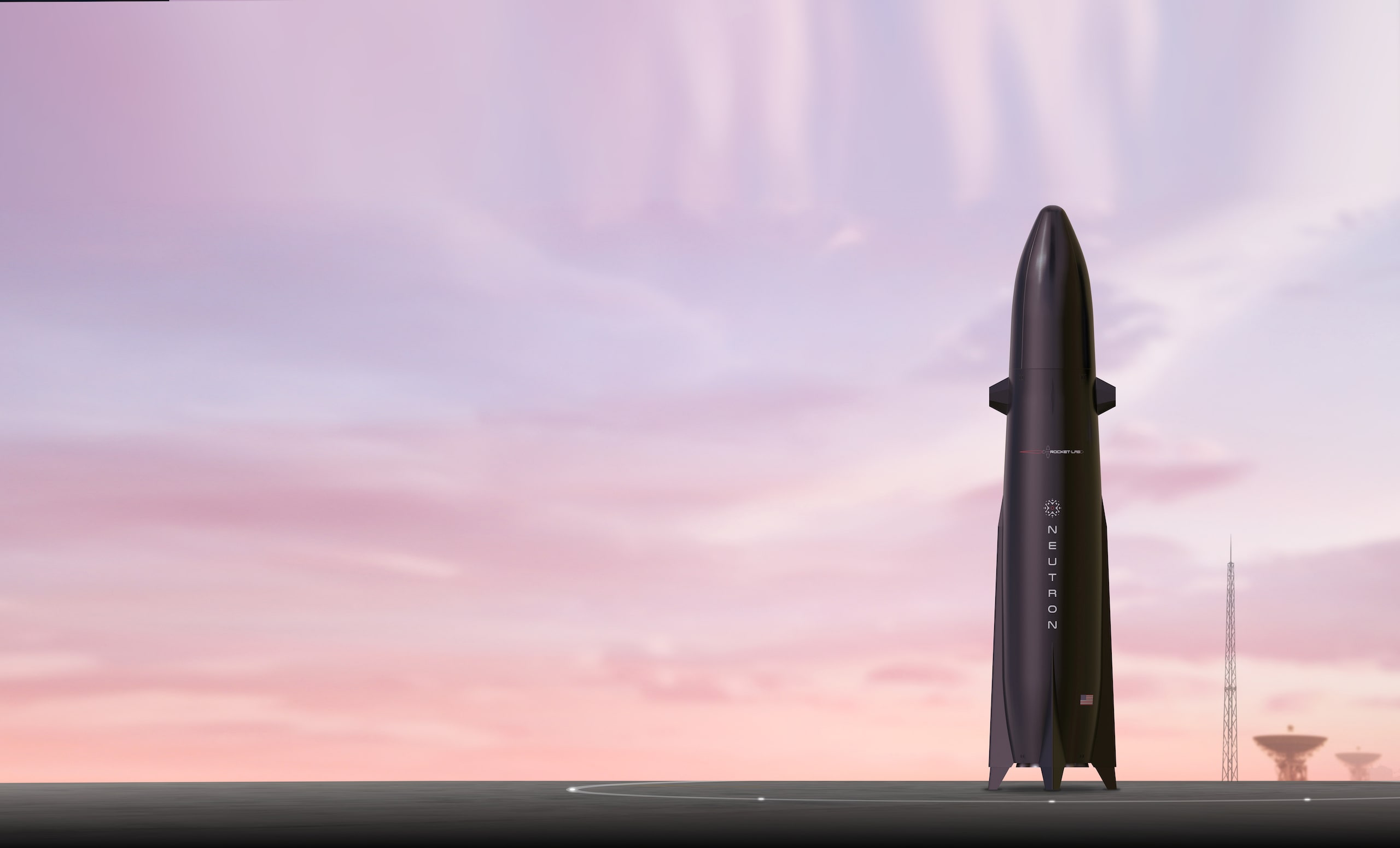
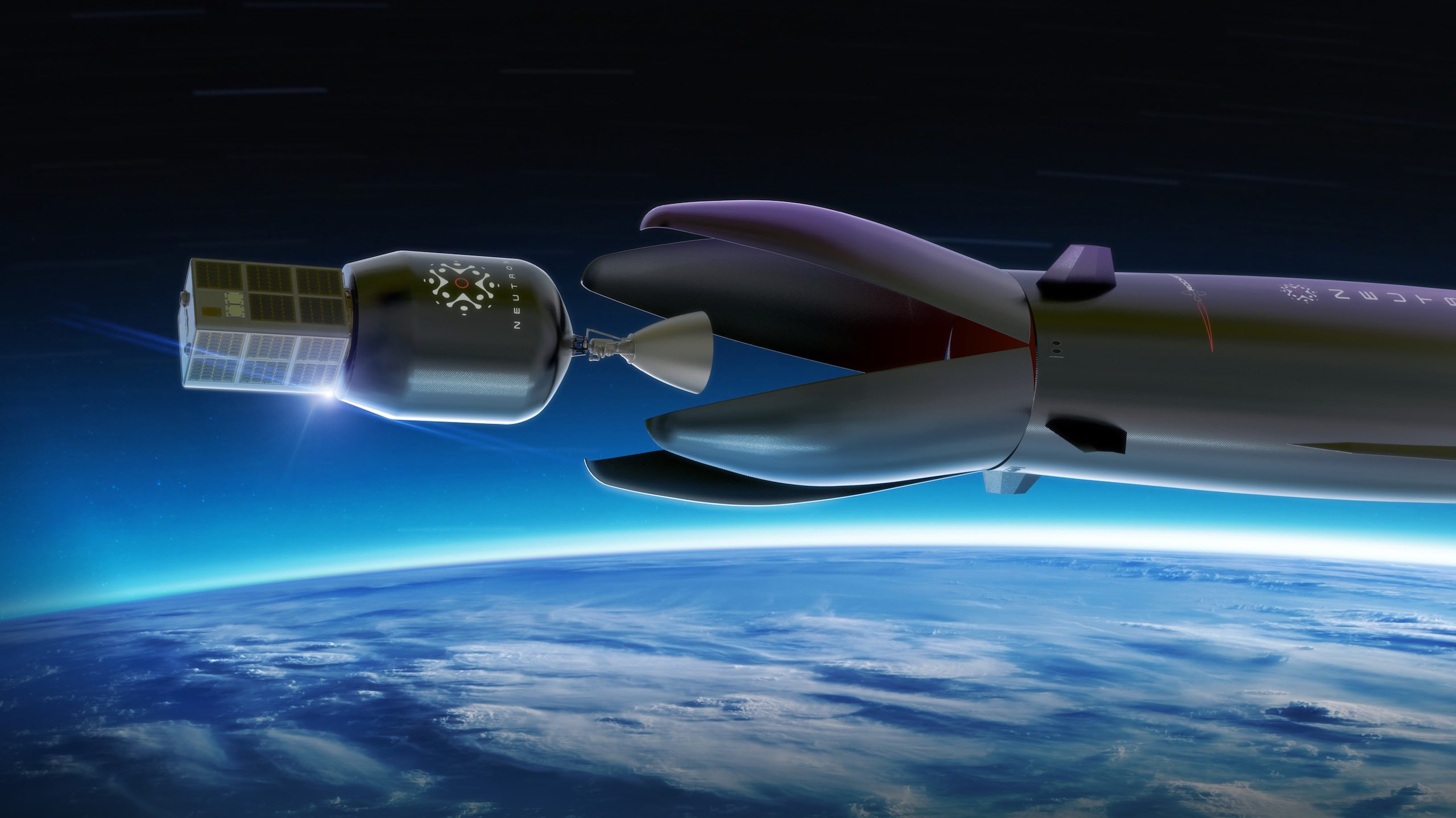
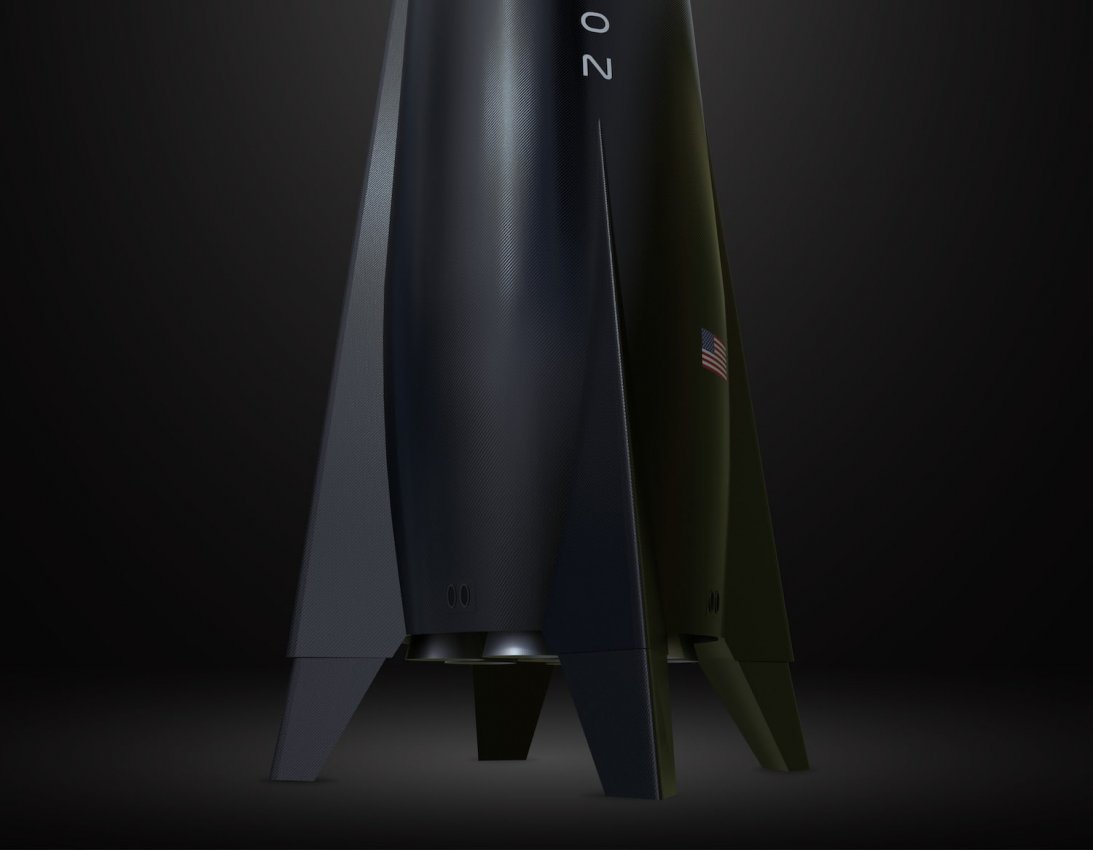
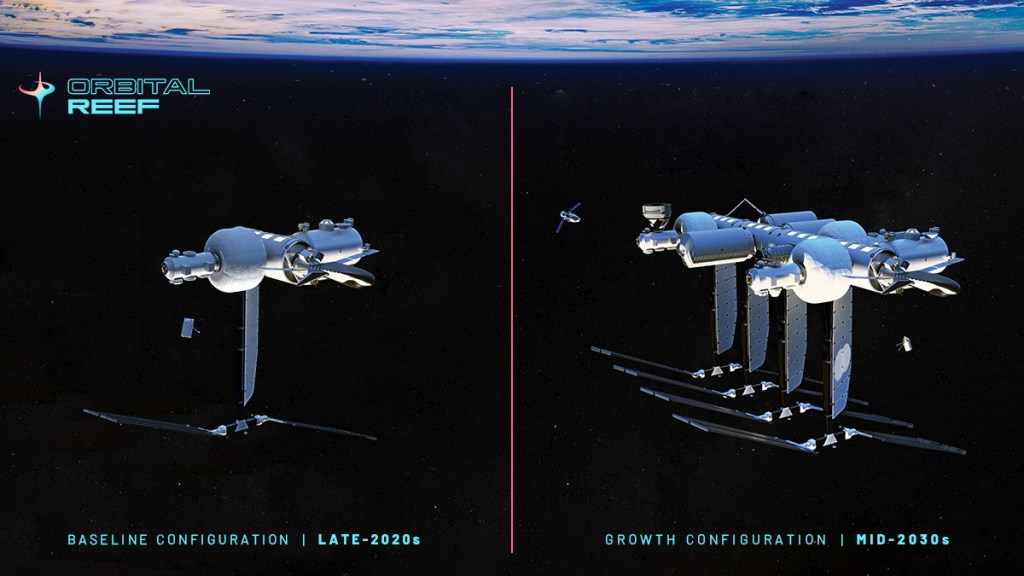
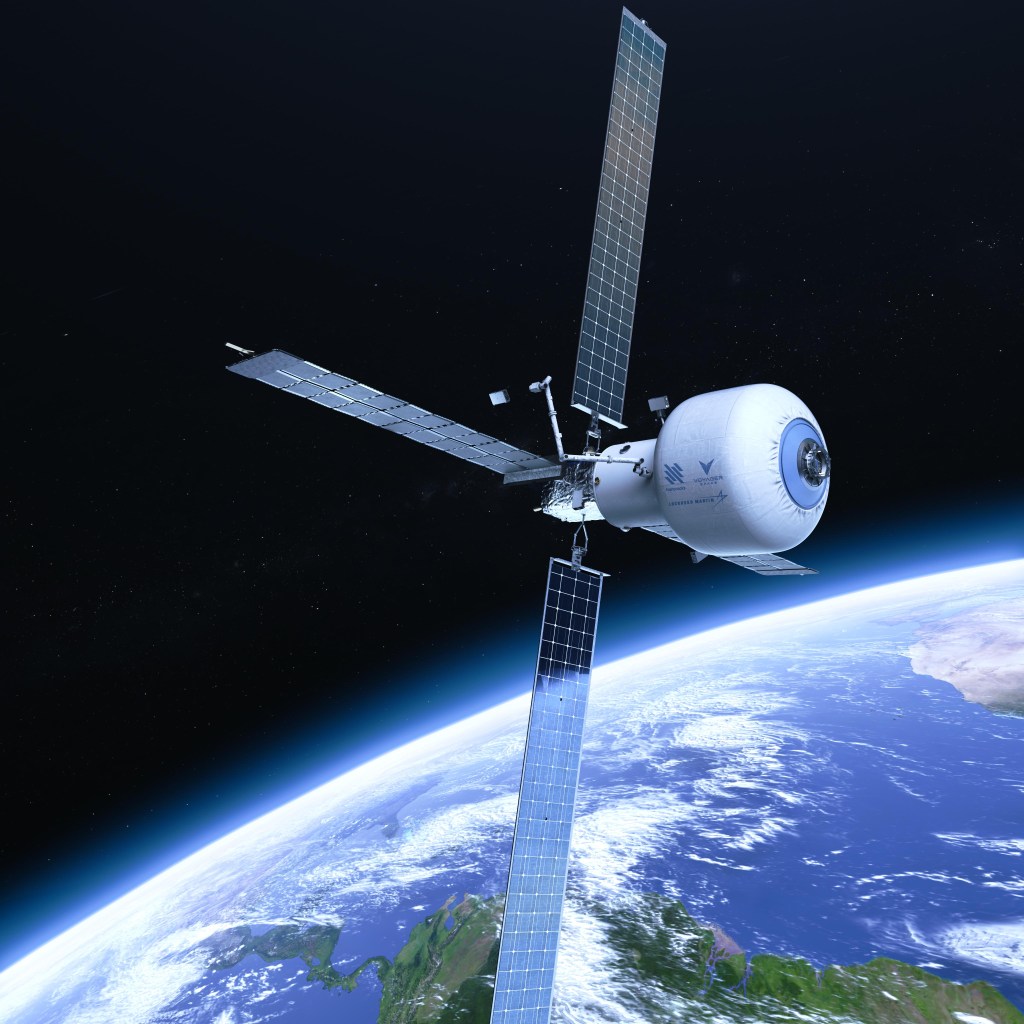
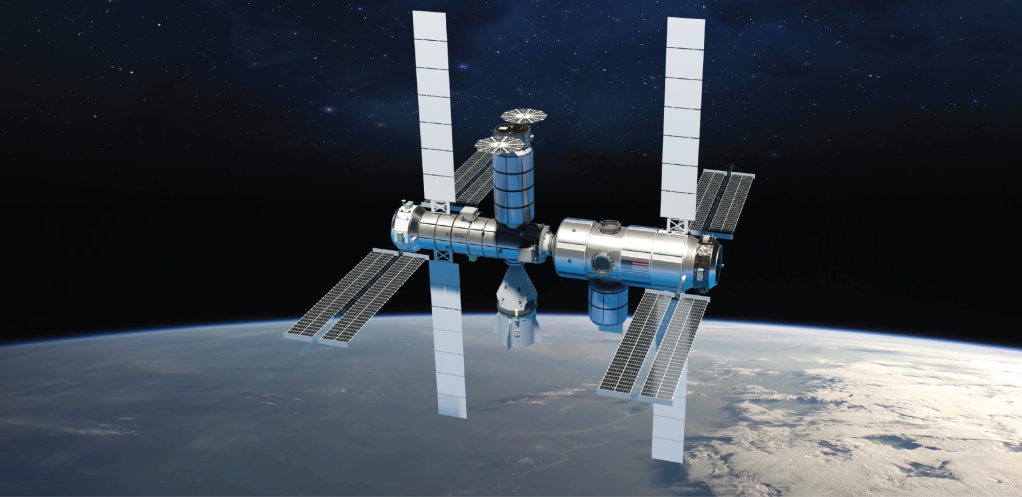

Comments